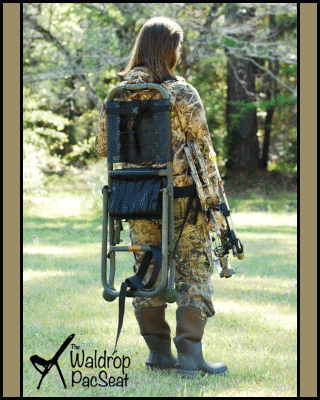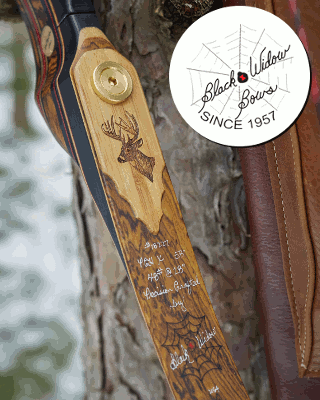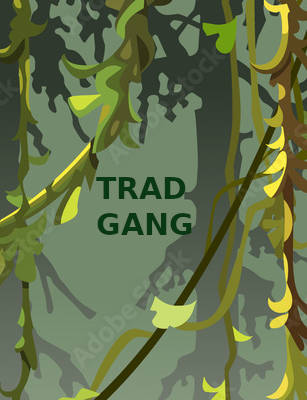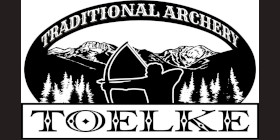I was able to located some information on Earl Mead and thought that others might be interested in the info as well. I'm going to post the article from an old "Archery" magazine in several parts because of its length.
"Hickory - And Such!"
From pps. 24 & 25, of "Archery Magazine", Vol. 22, Oct., 1950.
By Stew Hamilton
4250 Warner Road, Cleveland 5, Ohio
(“Archery” Magazine, October, 1950 – pp. 24)
The boys and girls of the Cleveland Archery Club were lined up at the Community Center one night early in 1950. They were really concentrating, and with good reason. It was just before the fifth and last round of the National Olympic League indoor match and they wanted to get that warm-up practice in. The Cleveland women’s team had taken first place six years and the men’s team four years in a row and both wanted to add another first to the list.
No one so much as turned a head at the sound of steps behind them, or at the opening of a tackle bow. And yet a few minutes later when a faint “creak” rent the air every one of them sang out, “Hi ya, Bill!” or “Hello, Aingworth!” They didn’t have to turn to know that the “Sec.” was there and stringing up old “Creaky.”
Now, just what does a bow that creaks have to do with “Hickory and Such?” Well, let’s start off at the beginning and I’ll try to explain. But first maybe I’d better explain why the explaining. (“Hm – nice sentence”)
Lately there has been a heap of questions about laminated bows coming into the shop and the type most asked are, “Why do you use hickory in a bow?”, or “I don’t think too much of a hickory bow; can’t I use something else for a backing, or sub-backing?”, or fifty other variations.
To save myself the trouble of trying to answer those questions and more I’ll tell what little I know.
“Creaky” was one of a great many bows made by Earl Mead of Cleveland, back in the late ‘20’s. It was a laminate composed of a hickory back on a birch core and an Osage facing, held together with Casco glue. What’s more the sides were fluted (grooved out in the birch core), much the same as one make of a modern metal bow is grooved to reduce the mass weight of the limbs.
In the years from 1928 when Bill (Aingworth) bought the bow until 1950 when he decided to retire it, that bow had done a gosh awful amount of shooting with nary a failure.
Hickory played a major part in “Creaky’s” durability and of course the tough birch core and Osage facing helped. Earl Mead had tried out a great many combinations of woods: walnut, yew, maple, white maple, lemonwood, Tennessee red cedar, lanswood (lancewood?), flat and edge-grain Osage, elm, beech and many others. I can’t name half of them.
When Earl dropped out, Bill Folberth, Ed Able, Carl Oelschleger, Darle Neeper and several other Clevelanders carried on with the experiments. I know that in different cities other good men did likewise, but I’m sorry to say I can’t name them and give them credit.




















